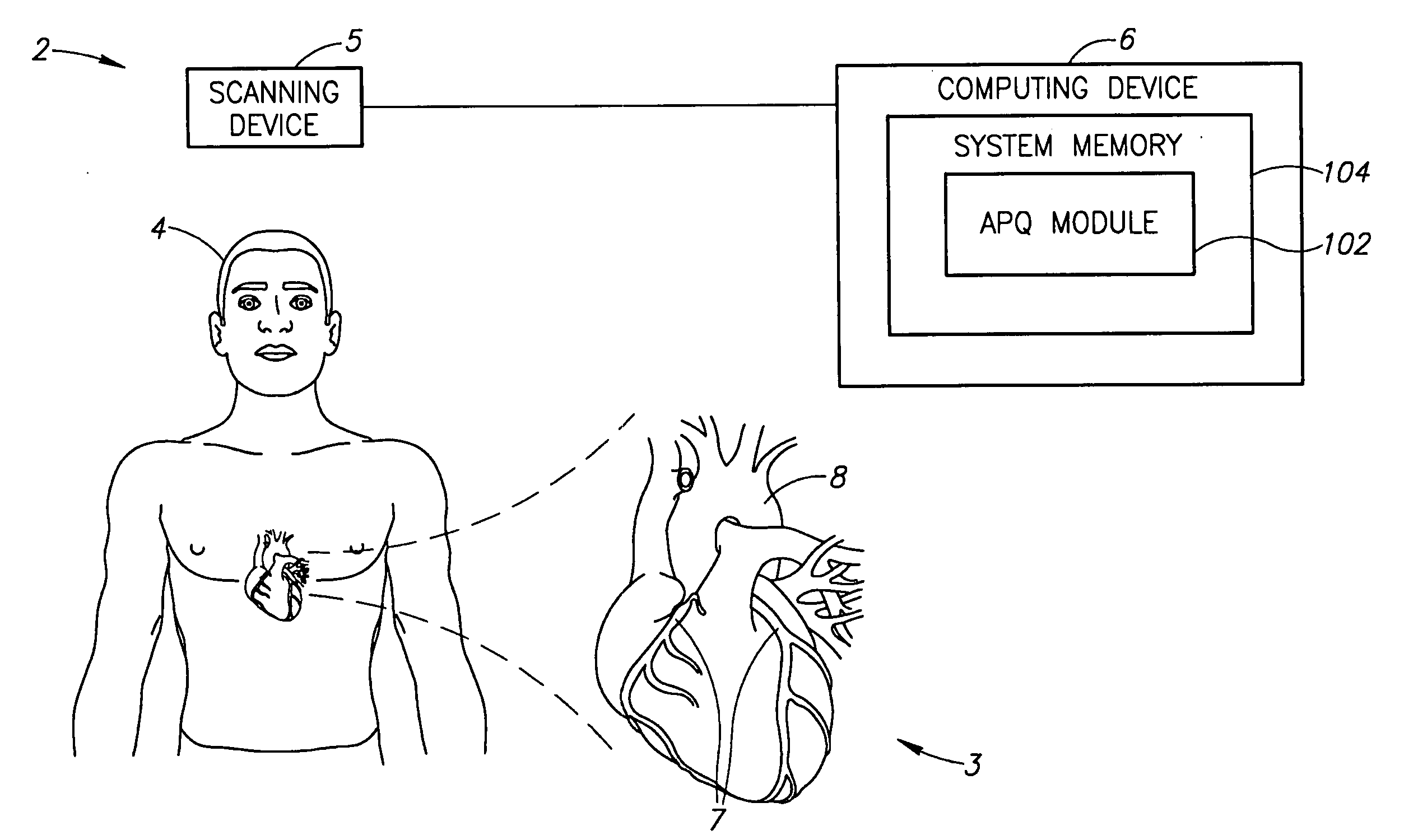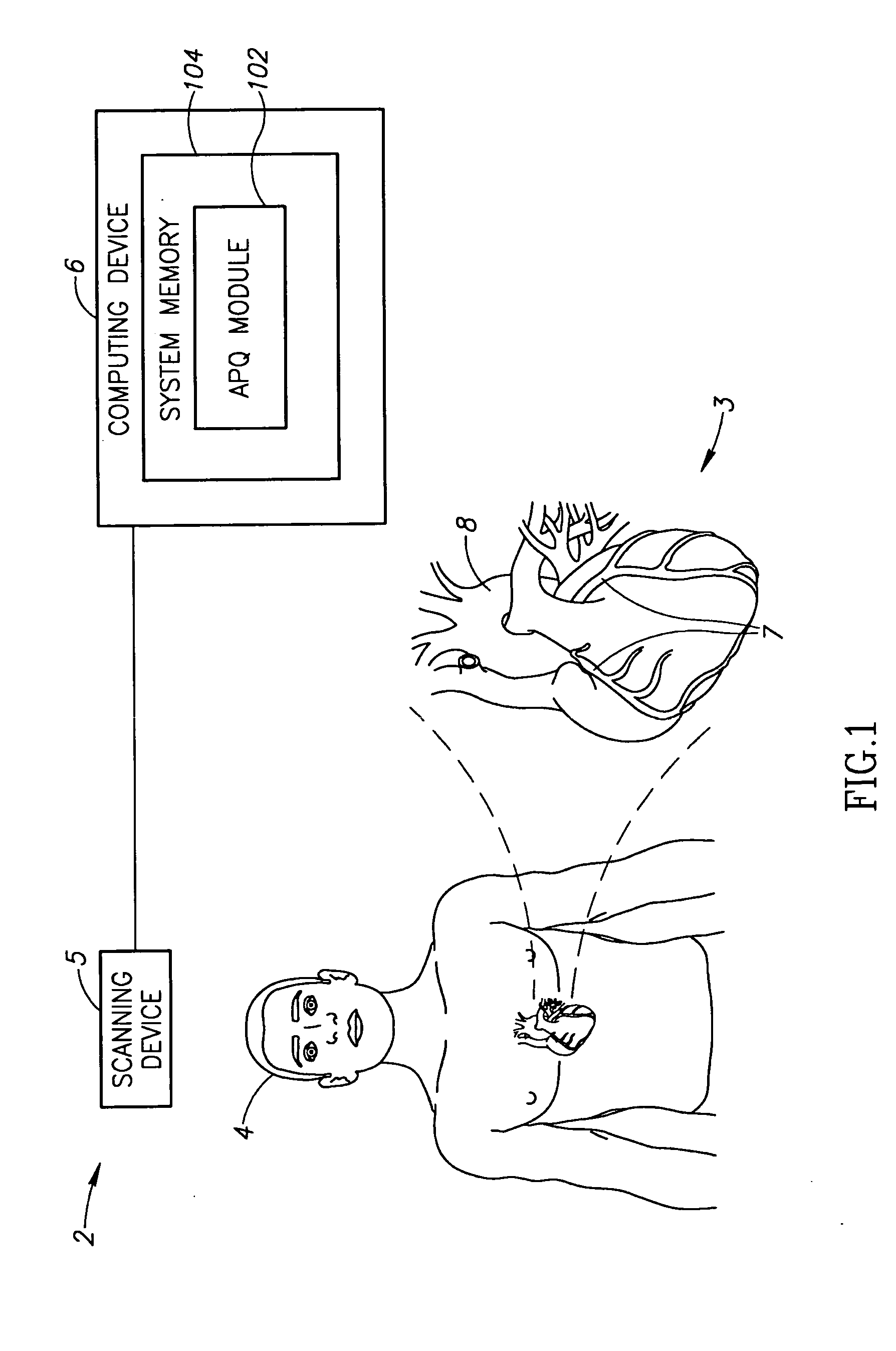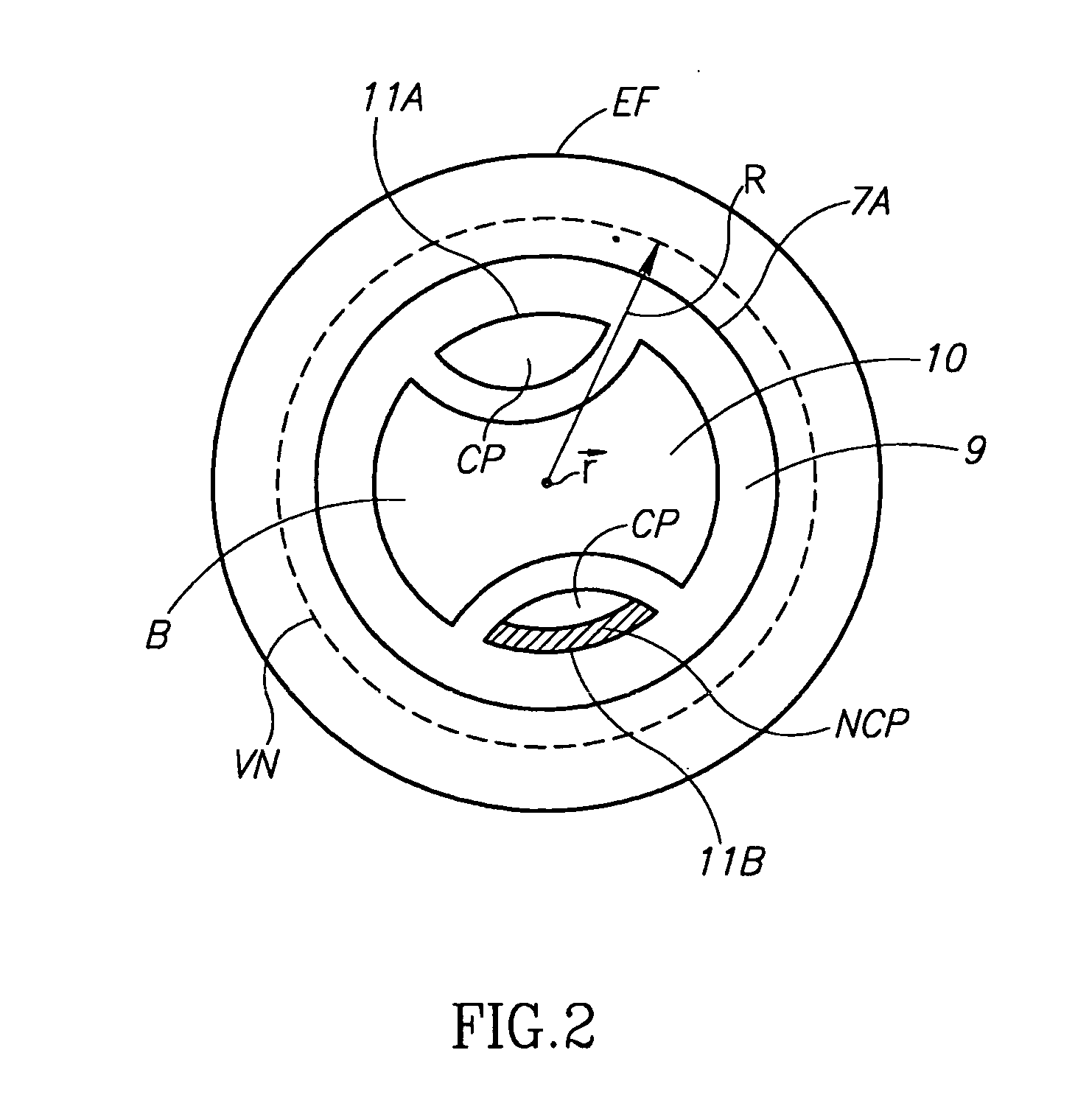Method and system for plaque characterization
a plaque attenuation and plaque technology, applied in the field of methods of analyzing plaques, can solve the problems of time-consuming manual tracing process, limited accurate and reproducible measurement of coronary plaques, and significant variation of plaque attenuation thresholds
- Summary
- Abstract
- Description
- Claims
- Application Information
AI Technical Summary
Problems solved by technology
Method used
Image
Examples
Embodiment Construction
[0047]All references cited herein are incorporated by reference in their entirety as though fully set forth. Unless defined otherwise, technical and scientific terms used herein have the same meaning as commonly understood by one of ordinary skill in the art to which this invention belongs. Singleton et al., Dictionary of Microbiology and Molecular Biology 2nd ed., J. Wiley & Sons (New York, N. Y. 1994); March, Advanced Organic Chemistry Reactions, Mechanisms and Structure 4th ed., J. Wiley & Sons (New York, N. Y. 1992); and Sambrook and Russell, Molecular Cloning: A Laboratory Manual 3rd ed., Cold Spring Harbor Laboratory Press (Cold Spring Harbor, N. Y. 2001), provide one skilled in the art with a general guide to many of the terms used in the present application.
[0048]One skilled in the art will recognize many methods or materials similar or equivalent to those described herein, which could be used in the practice of the present invention. Indeed, the present invention is in no w...
PUM
 Login to View More
Login to View More Abstract
Description
Claims
Application Information
 Login to View More
Login to View More - R&D
- Intellectual Property
- Life Sciences
- Materials
- Tech Scout
- Unparalleled Data Quality
- Higher Quality Content
- 60% Fewer Hallucinations
Browse by: Latest US Patents, China's latest patents, Technical Efficacy Thesaurus, Application Domain, Technology Topic, Popular Technical Reports.
© 2025 PatSnap. All rights reserved.Legal|Privacy policy|Modern Slavery Act Transparency Statement|Sitemap|About US| Contact US: help@patsnap.com



